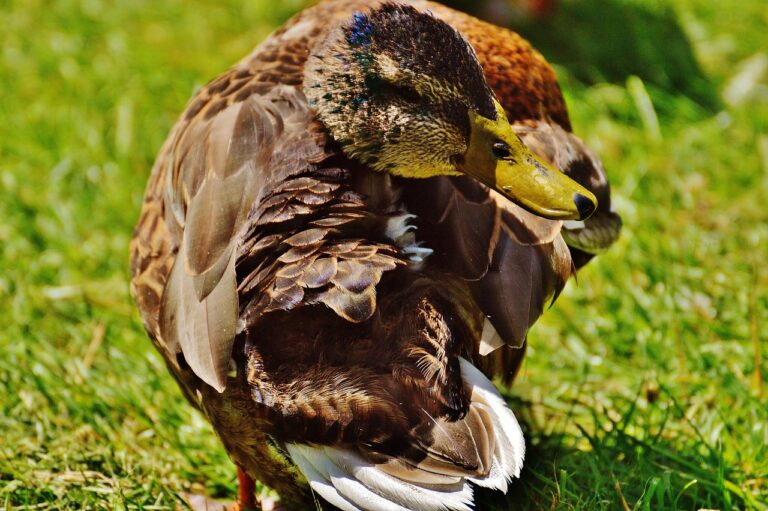The Art of Sound Editing in Nature Films: All panel.com, Online cricket id, Get online cricket id
all panel.com, online cricket id, get online cricket id: Sound editing is a crucial aspect of creating a captivating and immersive nature film. Just as the visuals of a film bring the audience into the world being portrayed, the sound design is what gives that world depth and life. The art of sound editing in nature films involves manipulating and enhancing the sounds captured during filming to create a more compelling auditory experience for viewers.
Capturing high-quality sound during filming is essential, but the real magic happens in the editing room. Sound editors work tirelessly to enhance environmental sounds, mix dialogue, and add in additional elements to create a rich and dynamic soundscape. Here are some key elements of sound editing in nature films:
1. Ambient Sounds
One of the most important aspects of sound editing in nature films is capturing ambient sounds that help to set the scene and immerse the audience in the environment. The rustling of leaves, the chirping of birds, and the sound of flowing water all contribute to creating a sense of place and atmosphere.
2. Foley Effects
Foley artists play a crucial role in sound editing for nature films by creating and recording sounds that are synchronized with the on-screen action. From the crunch of footsteps on a forest floor to the subtle rustling of a squirrel in the trees, Foley effects add realism and depth to the sound design.
3. Music
Music can evoke emotion and heighten the impact of a scene in a nature film. Sound editors carefully choose music that complements the visuals and enhances the mood of the film. Whether it’s a sweeping orchestral score or a minimalist ambient track, the right music can elevate the viewer’s experience.
4. Wildlife Sounds
Capturing the sounds of wildlife in their natural habitats is a key component of sound editing in nature films. From the haunting call of a wolf to the gentle cooing of a dove, these sounds help to paint a vivid picture of the natural world and create a sense of intimacy with the environment.
5. Sound Design
Sound designers use a variety of techniques and tools to create unique and evocative soundscapes in nature films. From layering different sounds to creating realistic sound effects from scratch, sound design plays a crucial role in bringing the natural world to life on screen.
6. Editing Software
Sound editing in nature films often involves working with advanced editing software to mix, layer, and manipulate sounds. Programs like Pro Tools and Adobe Audition allow sound editors to fine-tune every aspect of the audio, from volume levels to spatial effects.
In conclusion, sound editing is a vital part of creating a compelling and immersive nature film. By capturing authentic sounds, adding Foley effects, choosing the right music, and utilizing sound design techniques, sound editors bring the natural world to life in a way that engages and captivates audiences.
FAQs:
Q: How important is sound editing in nature films?
A: Sound editing is essential in creating a realistic and immersive viewing experience in nature films. It helps to bring the environment to life and engage the audience on a deeper level.
Q: What skills are required to become a sound editor for nature films?
A: Sound editors for nature films need a combination of technical expertise, creativity, and a keen ear for detail. They must be able to work with editing software, have a good knowledge of sound design principles, and possess a deep understanding of the natural world’s soundscape.
Q: Can sound editing enhance the storytelling in nature films?
A: Absolutely! Sound editing can enhance the emotional impact of a scene, create tension and suspense, and help to guide the viewer’s focus. By carefully crafting the auditory experience, sound editors can elevate the storytelling in nature films to a whole new level.







